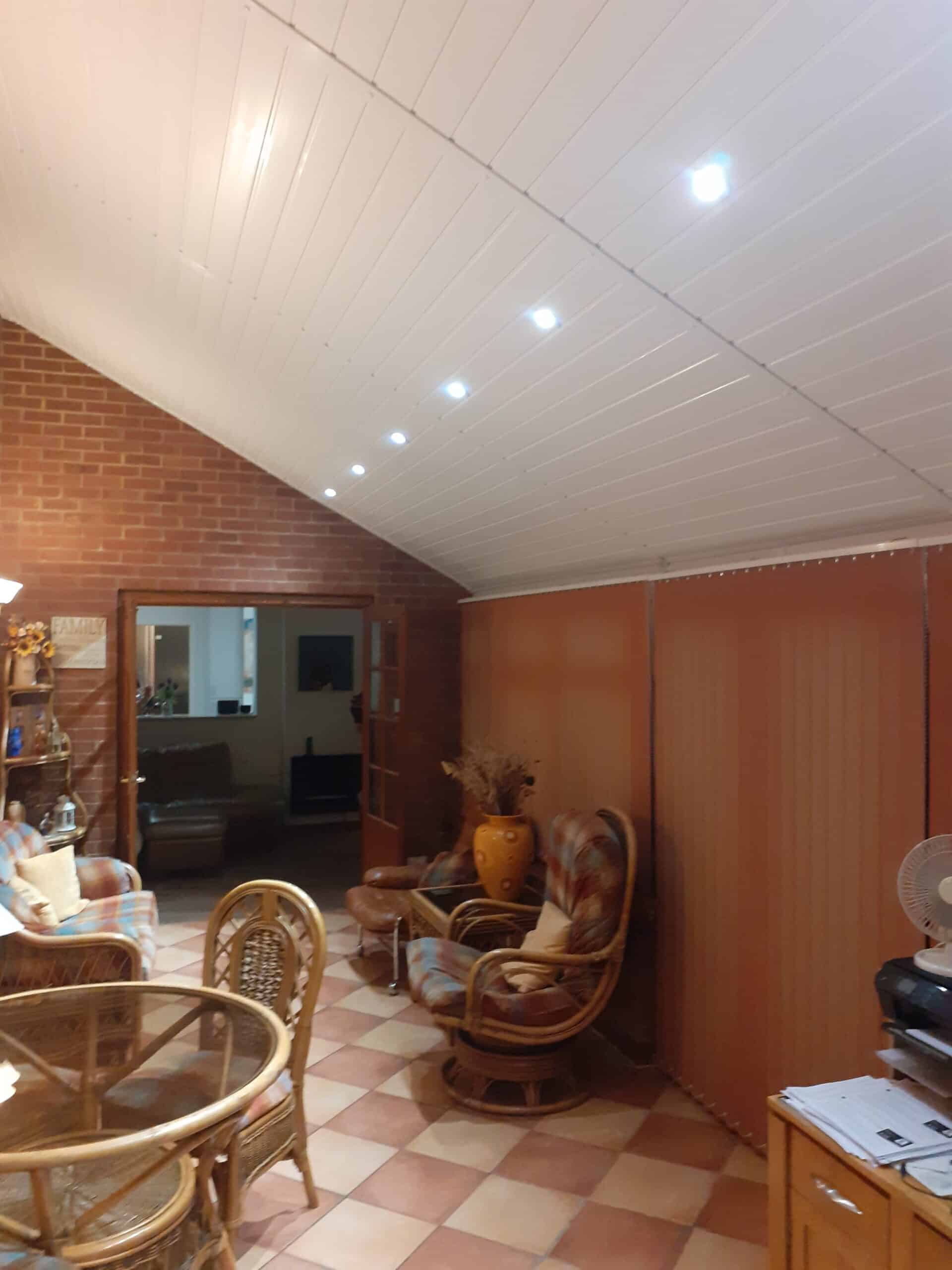The Science Behind Conservatory Insulation: How It Works
A conservatory is a beautiful addition to any home, offering a space where you can enjoy natural light and outdoor views. However, one common challenge is maintaining a comfortable temperature throughout the year. In the summer, conservatories can become unbearably hot, while in winter, they often feel too cold to use. The solution? High-quality conservatory insulation. But how does it actually work? Let’s delve into the science behind conservatory insulation and how it helps regulate temperature efficiently.

The Materials Used in Conservatory Insulation
Effective conservatory insulation relies on advanced materials designed to minimize heat loss and gain. Some of the most common materials include:
Multi-layered foil insulation: These systems consist of reflective aluminum layers, foam, and wadding to reduce heat transfer.
Polyurethane (PU) foam insulation: Known for its excellent thermal properties, PU foam is often used in roof insulation to create a strong thermal barrier.
Thermal quilt insulation: Made up of multiple layers, including reflective foils and fibrous padding, this material works by trapping heat and reflecting infrared radiation.
Insulated plasterboard: A popular option that combines insulation with a durable internal finish for a seamless aesthetic.
Each of these materials plays a crucial role in preventing excessive heat exchange, making conservatories more comfortable all year round.
How Multi-Layered Insulation Regulates Temperature
Multi-layered insulation is particularly effective in conservatories because it addresses two major heat-related challenges: excessive heat in summer and heat loss in winter. Here’s how it works:
Reflecting Heat in Summer: The outermost reflective layers bounce back a significant amount of solar radiation before it penetrates the conservatory, reducing overheating.
Retaining Warmth in Winter: During colder months, the same reflective layers prevent indoor heat from escaping, ensuring that warmth stays inside the conservatory.
Regulating Internal Temperature: By slowing down the transfer of heat, the insulation helps maintain a more stable temperature, reducing reliance on air conditioning or heating systems.
The Role of Air Pockets and Thermal Barriers
A key principle of insulation is the use of air pockets and thermal barriers. Air is a poor conductor of heat, which means trapped air within insulation materials slows down the transfer of heat energy. This is why materials like thermal quilts and foam-based insulation are designed with multiple layers and cavities:
Air pockets trap heat in winter, preventing it from escaping.
They block external heat in summer, stopping it from penetrating into the conservatory.
Thermal barriers reduce conduction by interrupting direct heat flow, making the insulation even more effective.
The Simple Physics of Heat Transfer and How Insulation Combats It
Understanding the basics of heat transfer can help explain why insulation is so effective. Heat moves in three ways:
Conduction: Direct heat transfer through materials (e.g., a hot roof transferring heat into the conservatory).
Convection: Heat movement through air (e.g., warm air rising and escaping through the roof in winter).
Radiation: Heat energy traveling in waves (e.g., the sun’s rays warming up a conservatory in summer).
Insulation combats these processes by:
Reducing conduction with materials that have low thermal conductivity.
Minimizing convection by sealing gaps and trapping air within insulation layers.
Reflecting radiation using reflective foil surfaces that bounce heat back rather than absorbing it.
The Benefits of Conservatory Insulation

By applying the principles of physics and using advanced materials, conservatory insulation offers several benefits:
Year-round comfort: No more temperature extremes, making the space usable in all seasons.
Energy efficiency: Less reliance on heating and cooling systems, leading to lower energy bills.
Noise reduction: Insulation also dampens external noise, creating a quieter environment.
Increased property value: A well-insulated conservatory adds to the appeal and functionality of your home.
Final Thoughts
The science behind conservatory insulation is simple yet highly effective. By using multi-layered materials, air pockets, and thermal barriers, insulation helps regulate temperature by combating conduction, convection, and radiation. This means you can enjoy your conservatory comfortably all year round while also improving energy efficiency.
If you’re considering insulating your conservatory, investing in the right materials and professional installation can make all the difference. Not only will it transform the usability of the space, but it will also enhance the overall value of your home.
Would you like to explore the best insulation options for your conservatory? Get in touch with an expert today!
Take Action Today
For professional assistance and high-quality insulation solutions tailored to your conservatory’s needs, contact Conservatory Insulations UK today. Let’s transform your conservatory into a comfortable oasis while reducing your energy consumption and environmental impact.
🔥 Want a warmer conservatory this winter? Contact Conservatory Insulations UK today for a free, no-obligation quote! Call us at 📞 0800 061 4058 or visit 🌍 www.conservatoryinsulationsuk.com to learn more.”








